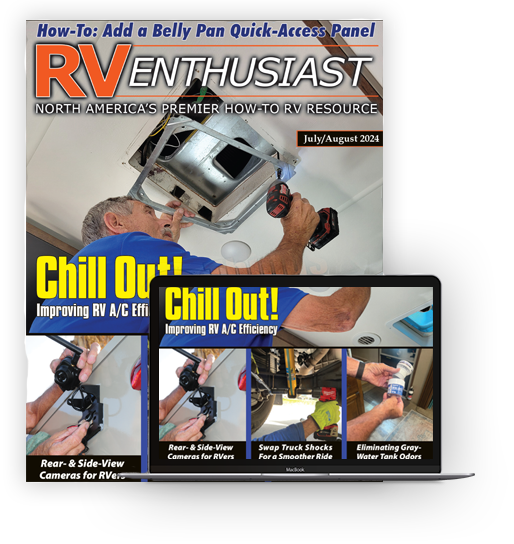Have (Sili)gun, Will Travel
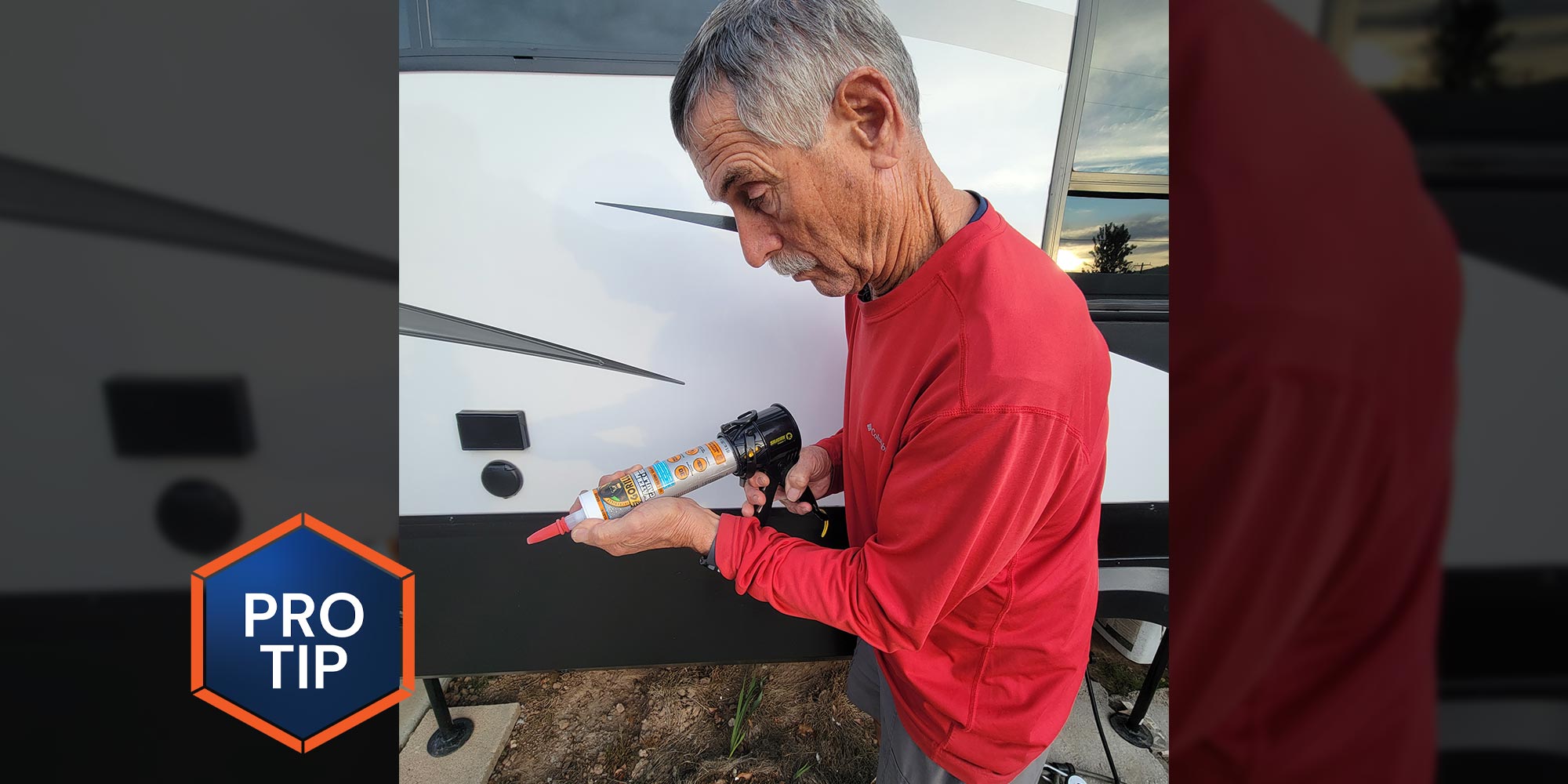
Most RV service technicians will tell you that a good caulking gun is indispensable. Just look around any RV and you’ll find countless places where a bead of sealant makes the difference between a watertight interior and one that is plagued with leaks. An ugly looking bead of sealant is not (or shouldn’t be) an option — and even though many sealants are clear or blend in with the exterior color scheme, poorly placed sealant stands out like a sore thumb.
Resealing the roof seams and accessory flanges, as well as other places throughout the exterior that have weathered over the years, should be part of a regular maintenance routine — so having the right caulking gun is paramount. There are many types of caulking guns on the market, from the most simple (and cheapest) to more elaborate models that provide better control of the sealant. There’s nothing exotic about a caulking gun, so inventing a “better mousetrap” didn’t seem like it was on the horizon. But someone has done it — and the tool is called a “SiliGun Compact 4″”.
The professional caulking gun that I have used for many years is very high quality, but one of the things that made it difficult to handle was getting off the trigger and pushing the release button at the same time to stop the flow of sealant (still under pressure) to prevent gobs of goo from dripping all over everything. Naturally, this made it much more difficult to terminate a beautiful bead without leaving a clump of sealant. I can’t even begin to think how many tubes of caulking I’ve used in 51 years, and I’ve tried other caulking guns that supposedly stopped the sealant from running after you let go of the lever. However they really didn’t work — and it’s difficult to restart a bead of sealant.
The Siligun, on the other hand, is a game changer. It’s much more compact than a standard caulking gun and the ABS plastic frame is much lighter. Coupled with those attributes, the non-drip feature solidified the deal. Since there is no long plunger handle to deal with, it’s much easier to get into tighter spaces. It uses standard 10-ounce cartridges — and as the sealant is depleted, the back portion of the tube can be cut off to make the gun even smaller. With a full tube of sealant loaded into a standard caulking gun, the plunger handle sticks out about 9 inches for an overall length of 23 inches, which is not great for tight spaces. A loaded Siligun measures only 13 inches total.
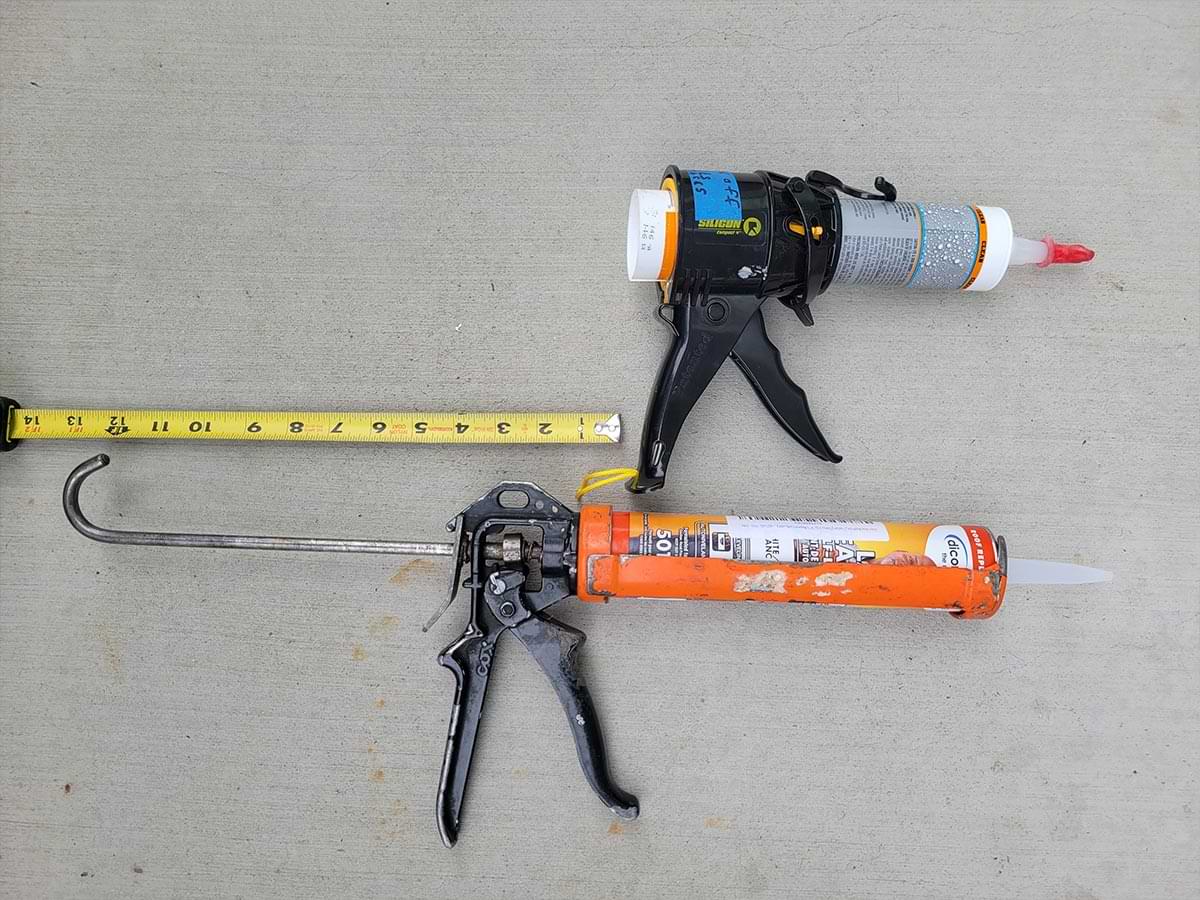
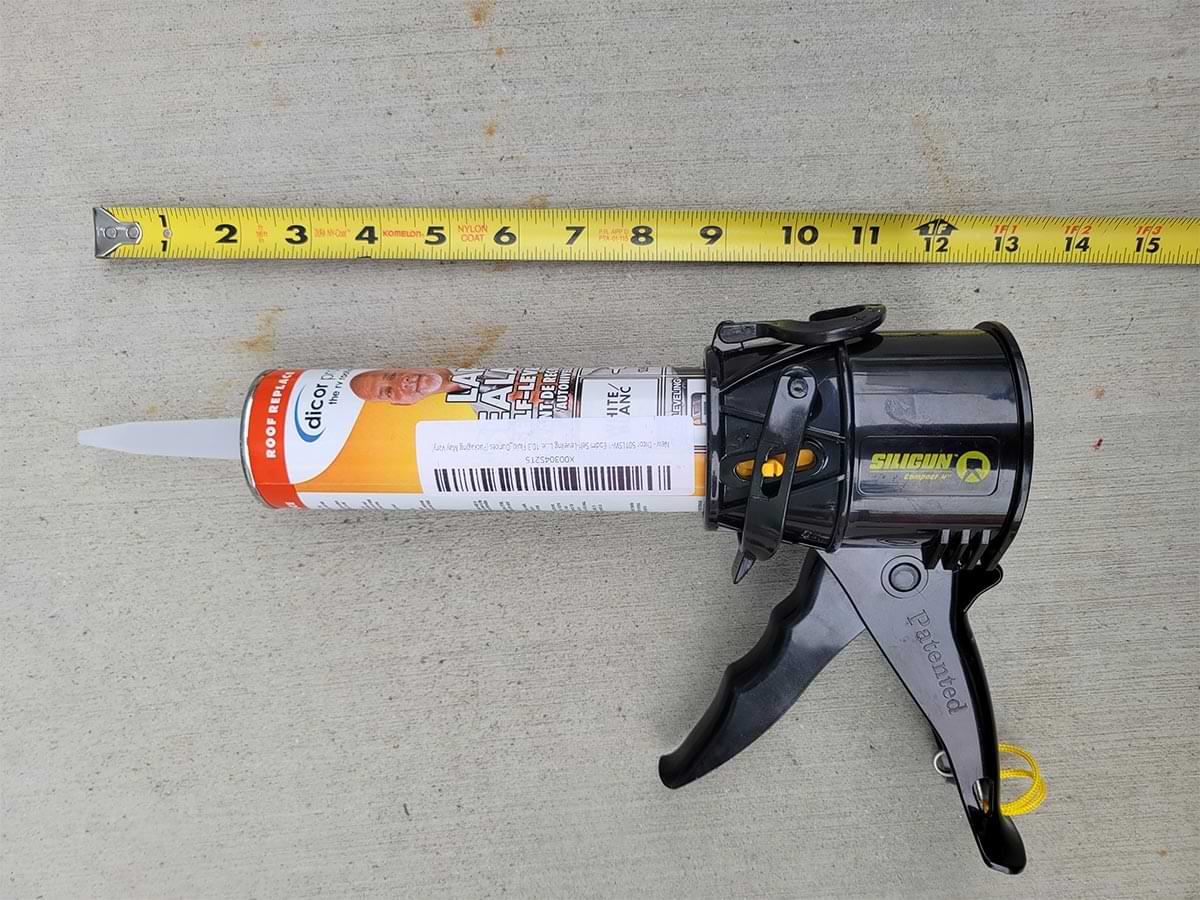
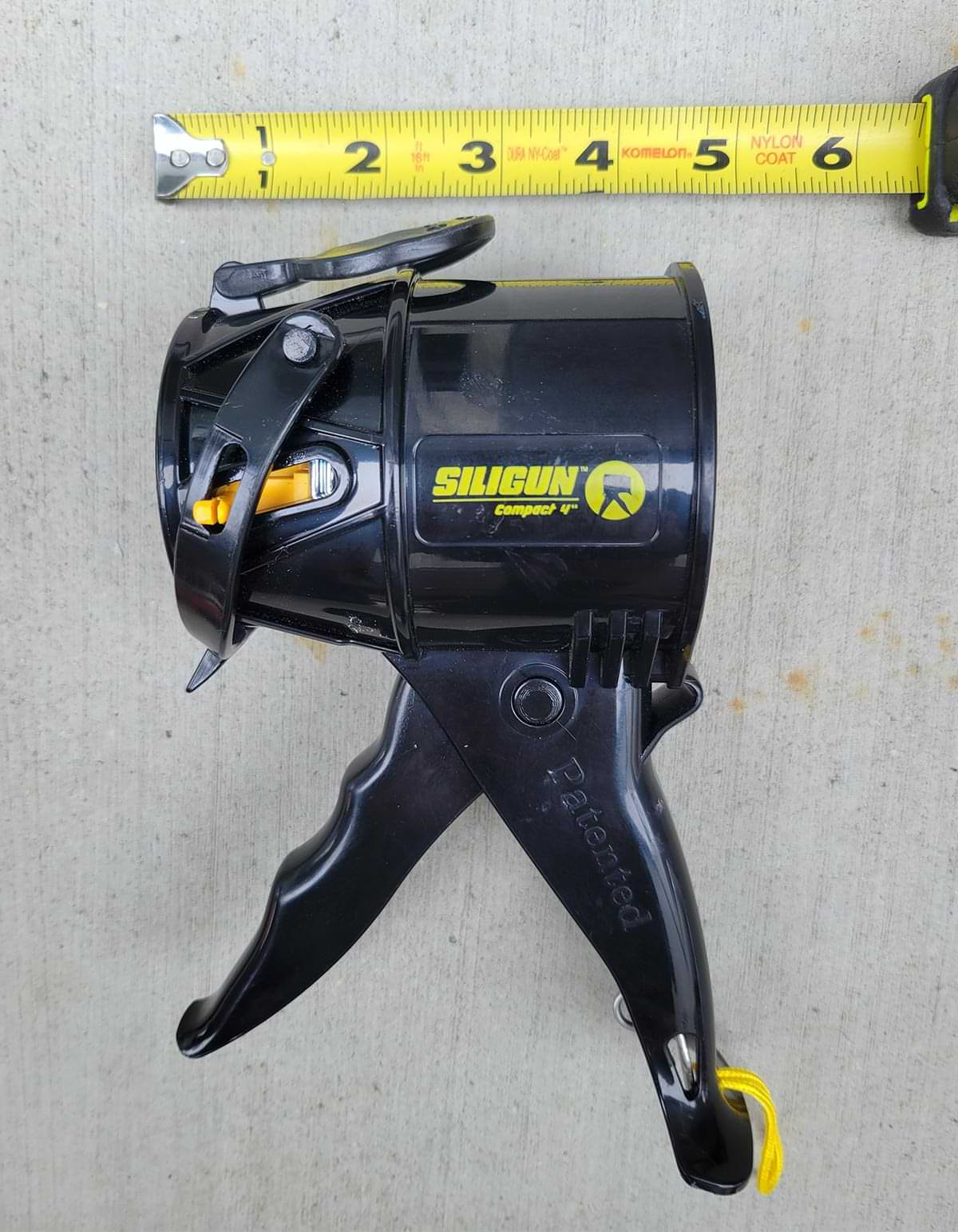
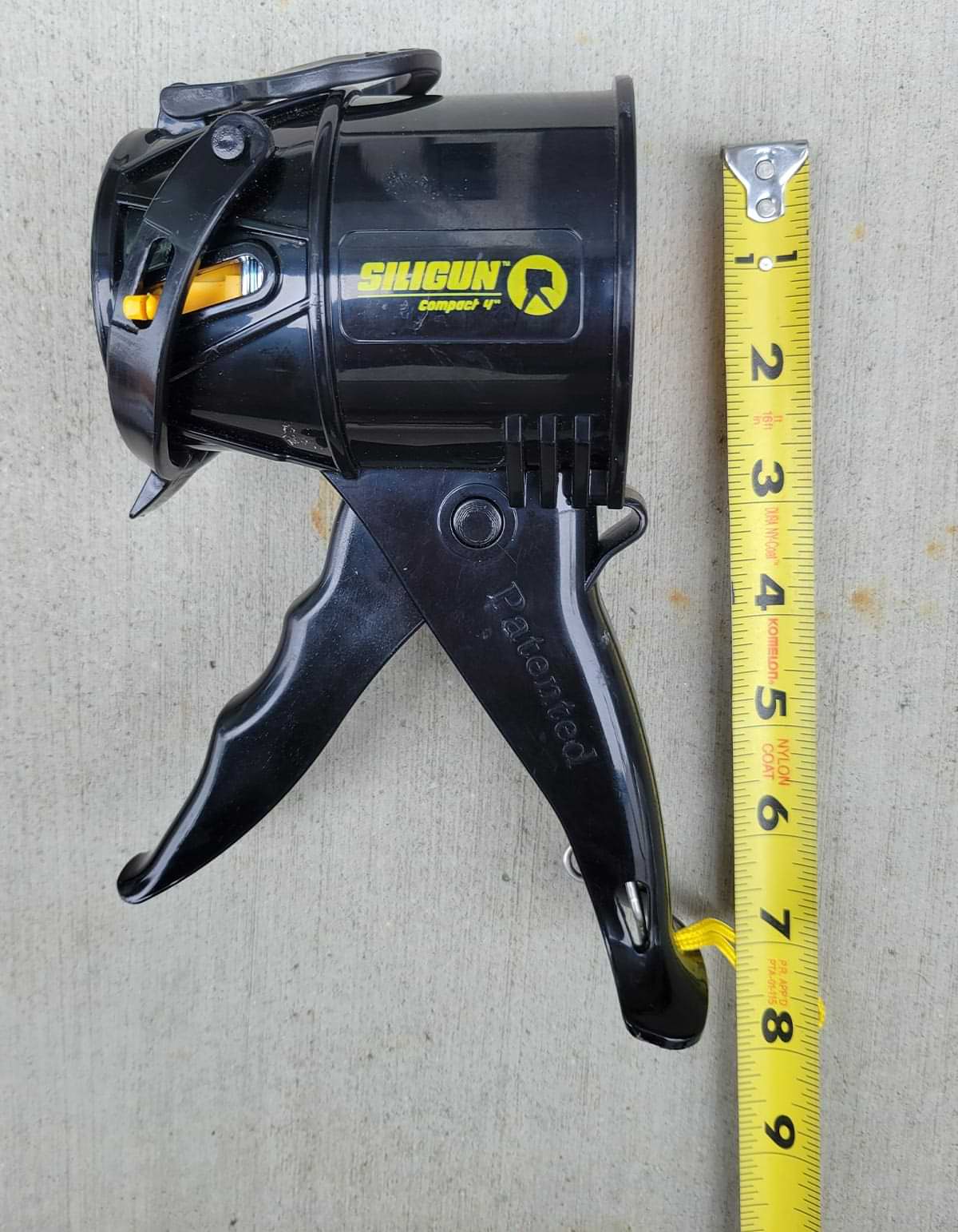
During the test, I cut off the end of the nearly spent caulking tube and was amazed how much that reduced the overall size. If you really need to caulk something in an incredibly tight space you could always squeeze out half the tube and cut the end off, but you won’t have much to hold on to when removing what’s left of the cartridge from the gun.
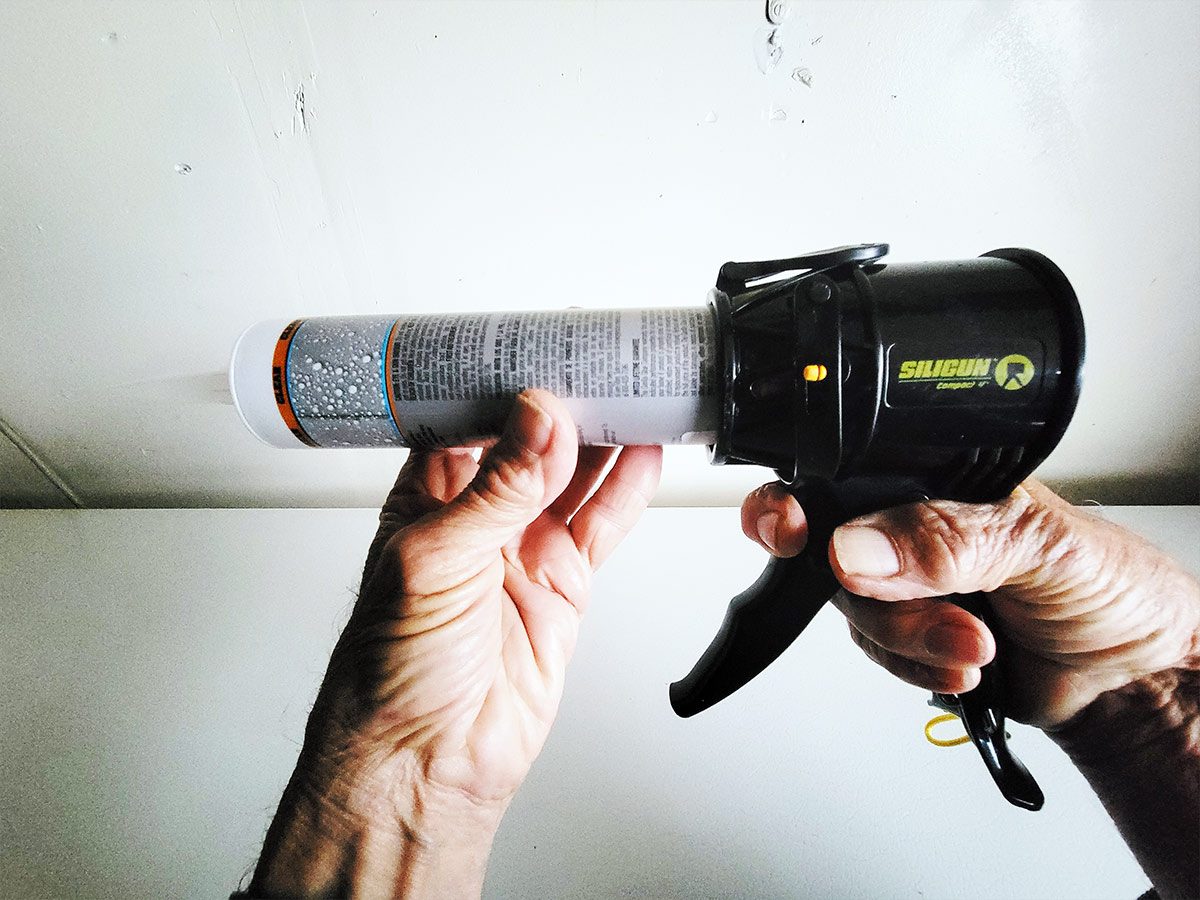
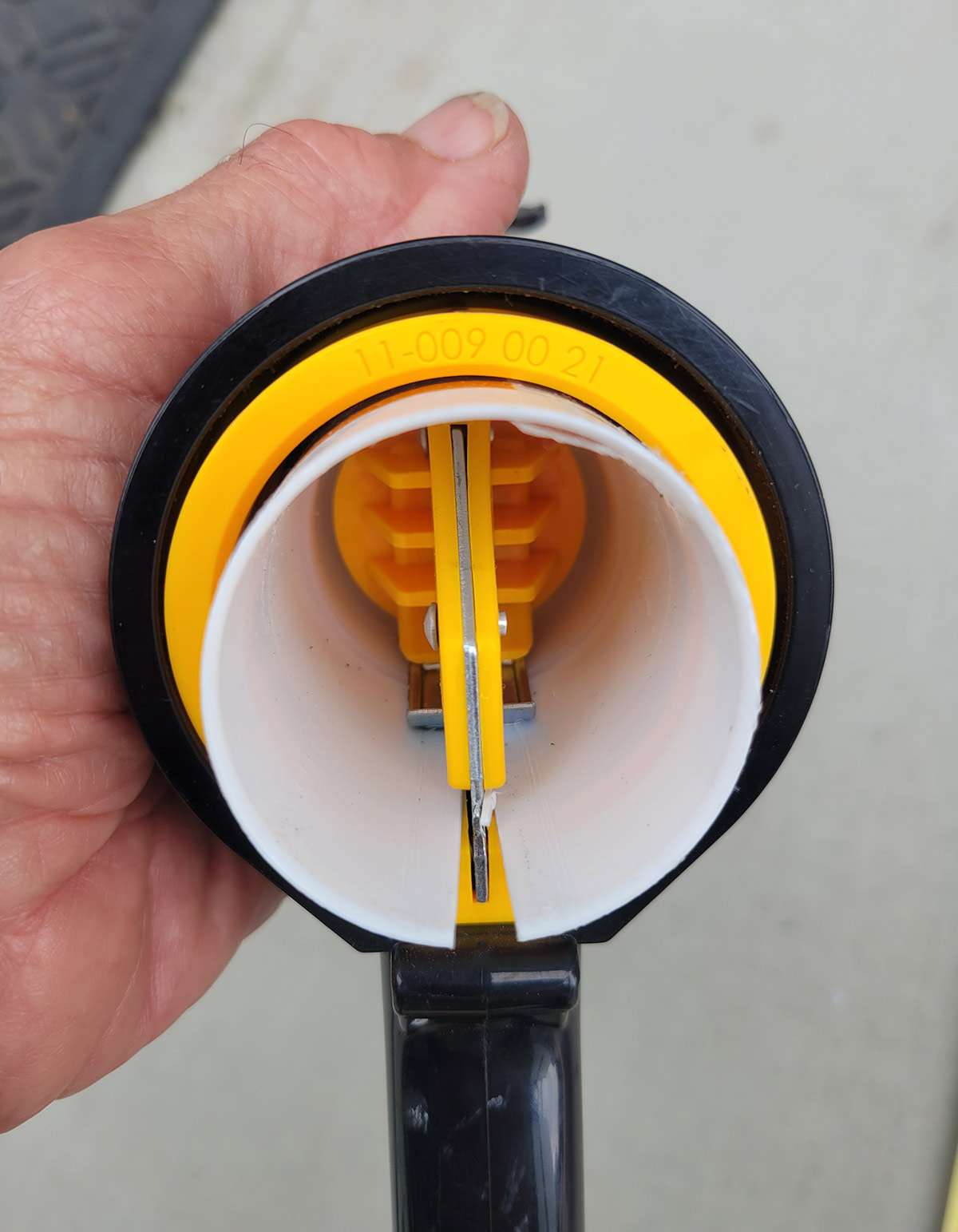
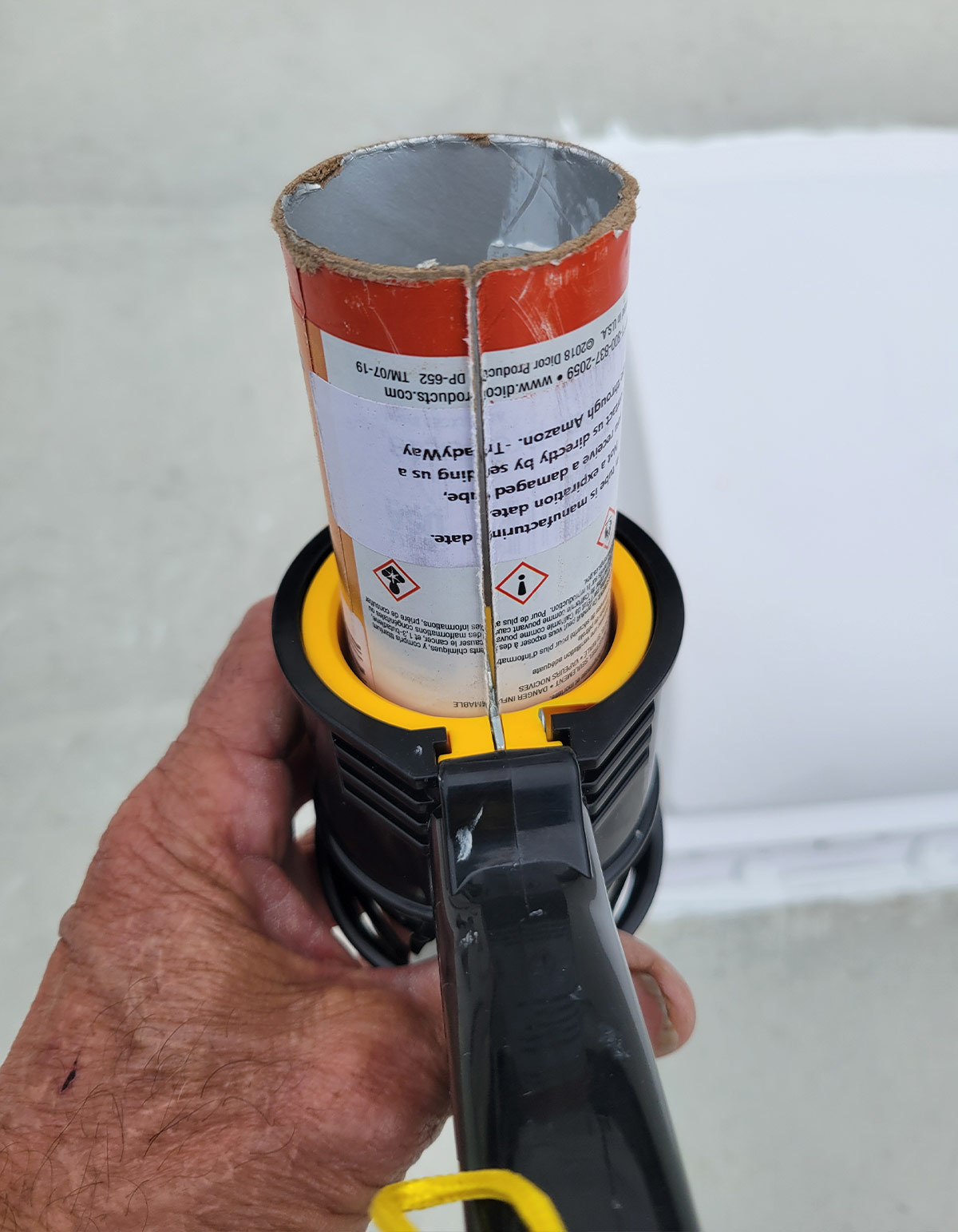
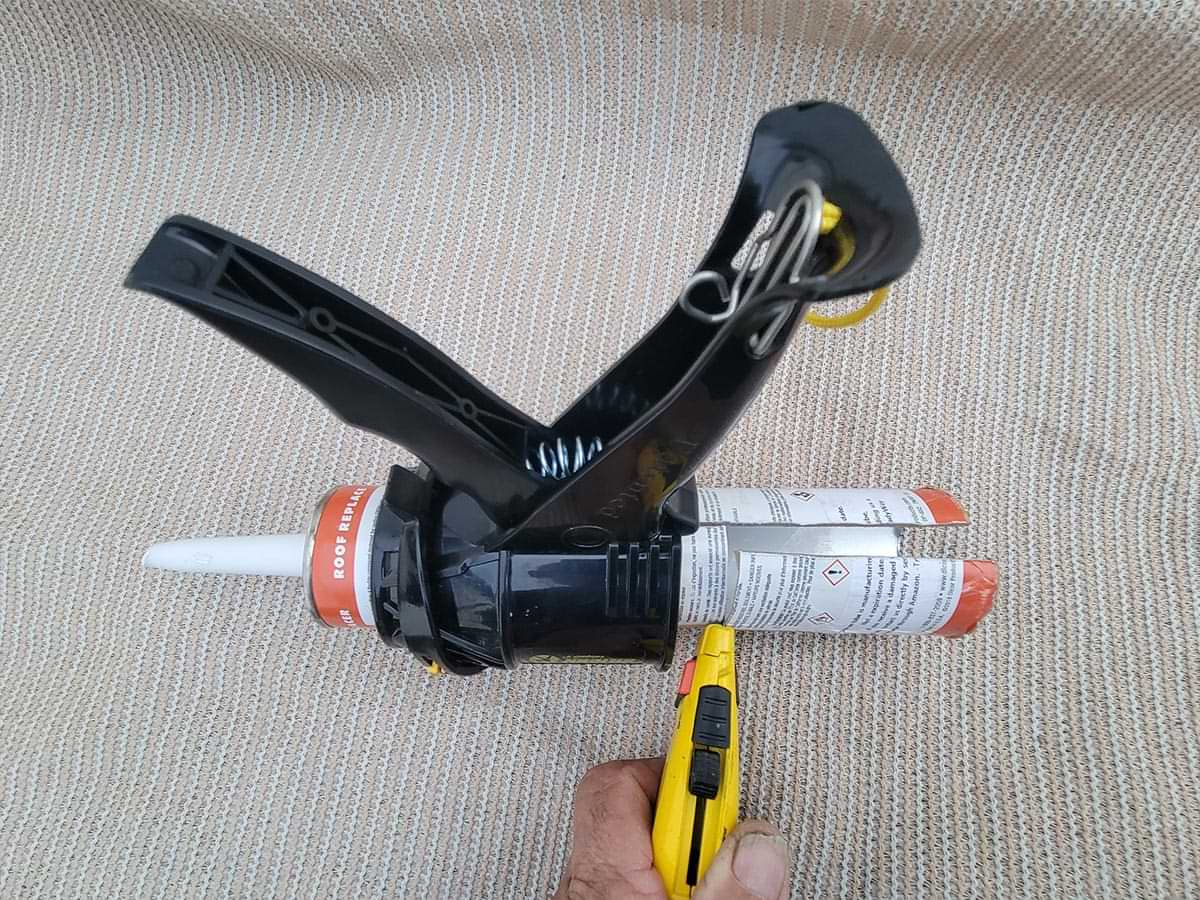
When selecting a particular type of caulking, be sure that you read the directions — not all tubes will fit into the Siligun. It may be necessary to peel off the outside vinyl cover on some tubes.
The provided hook makes it easy to hang the Siligun from a storage compartment rafter, although the gun’s diminutive stature also allows it to easily store in a toolbox or bag.
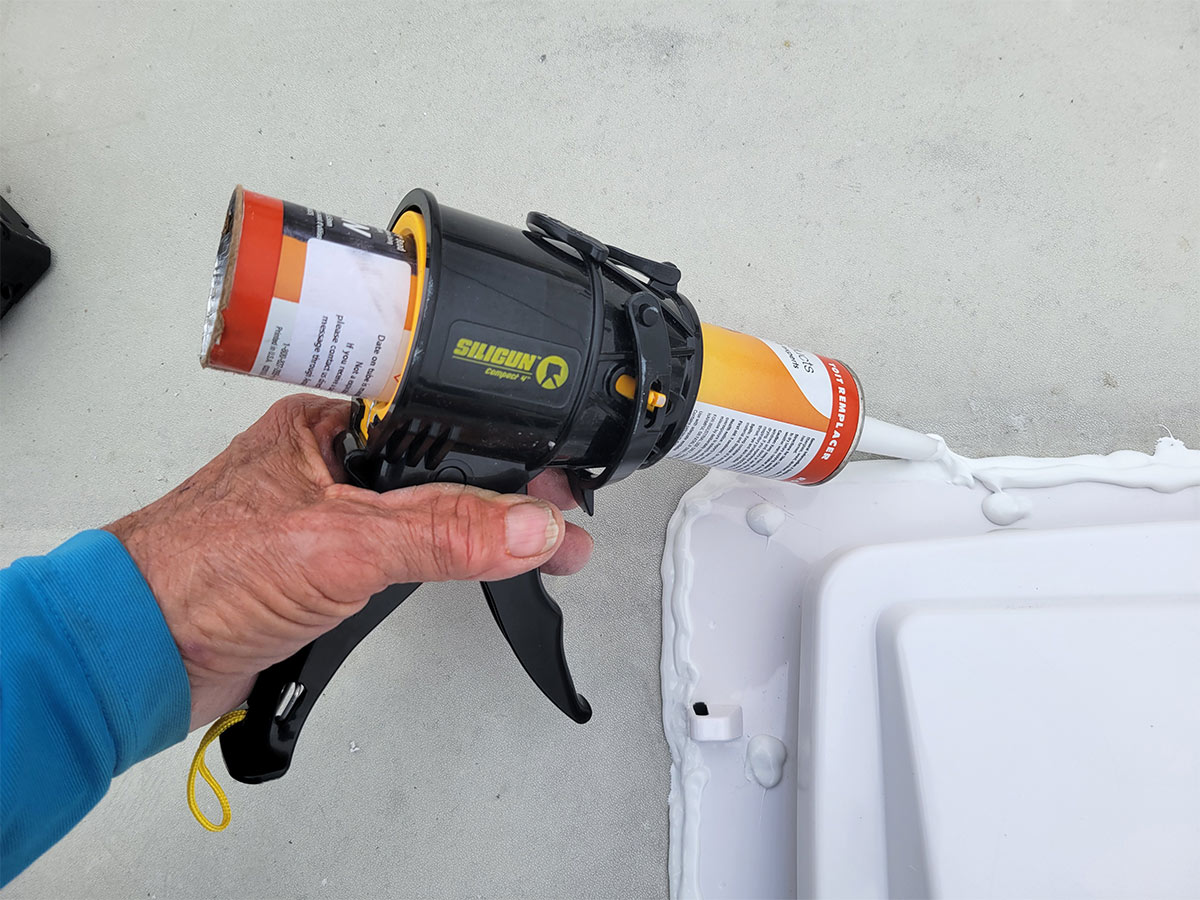
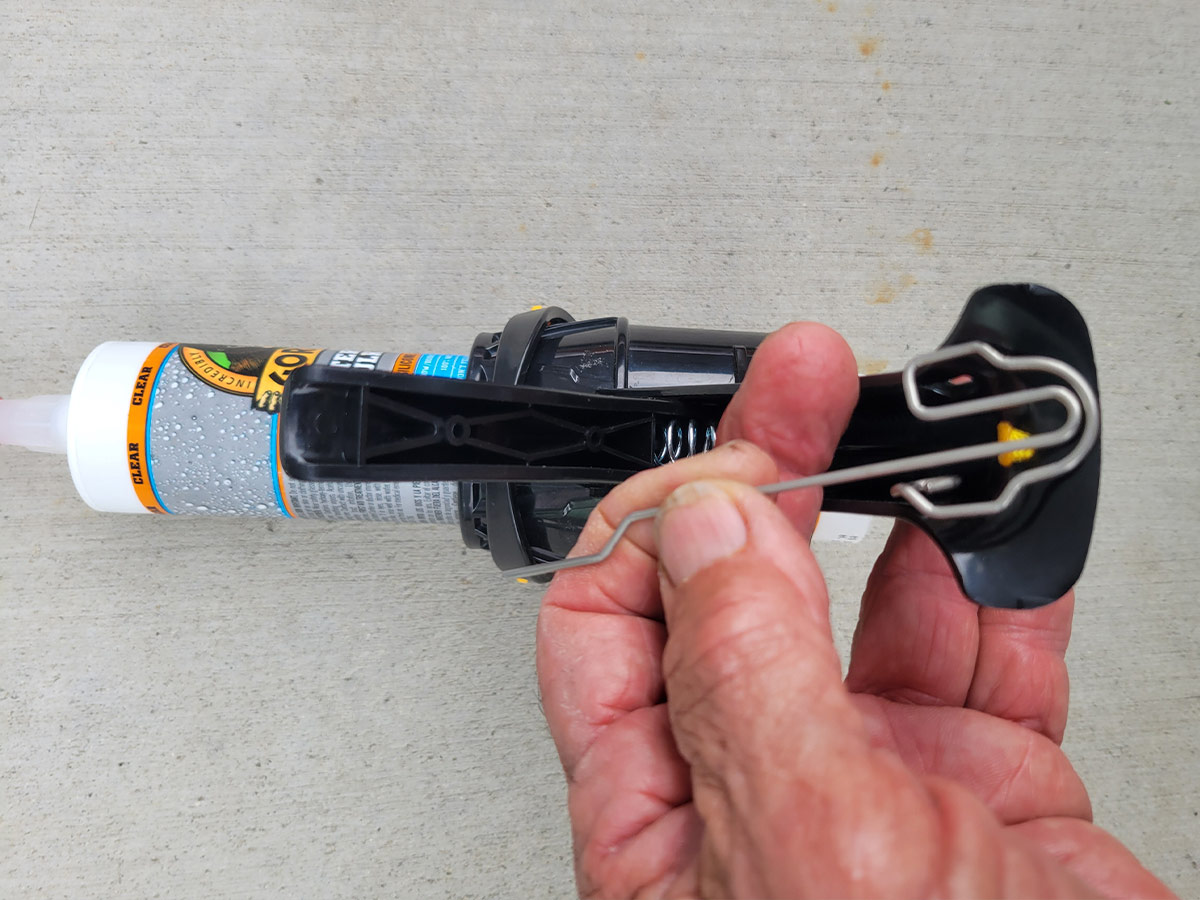
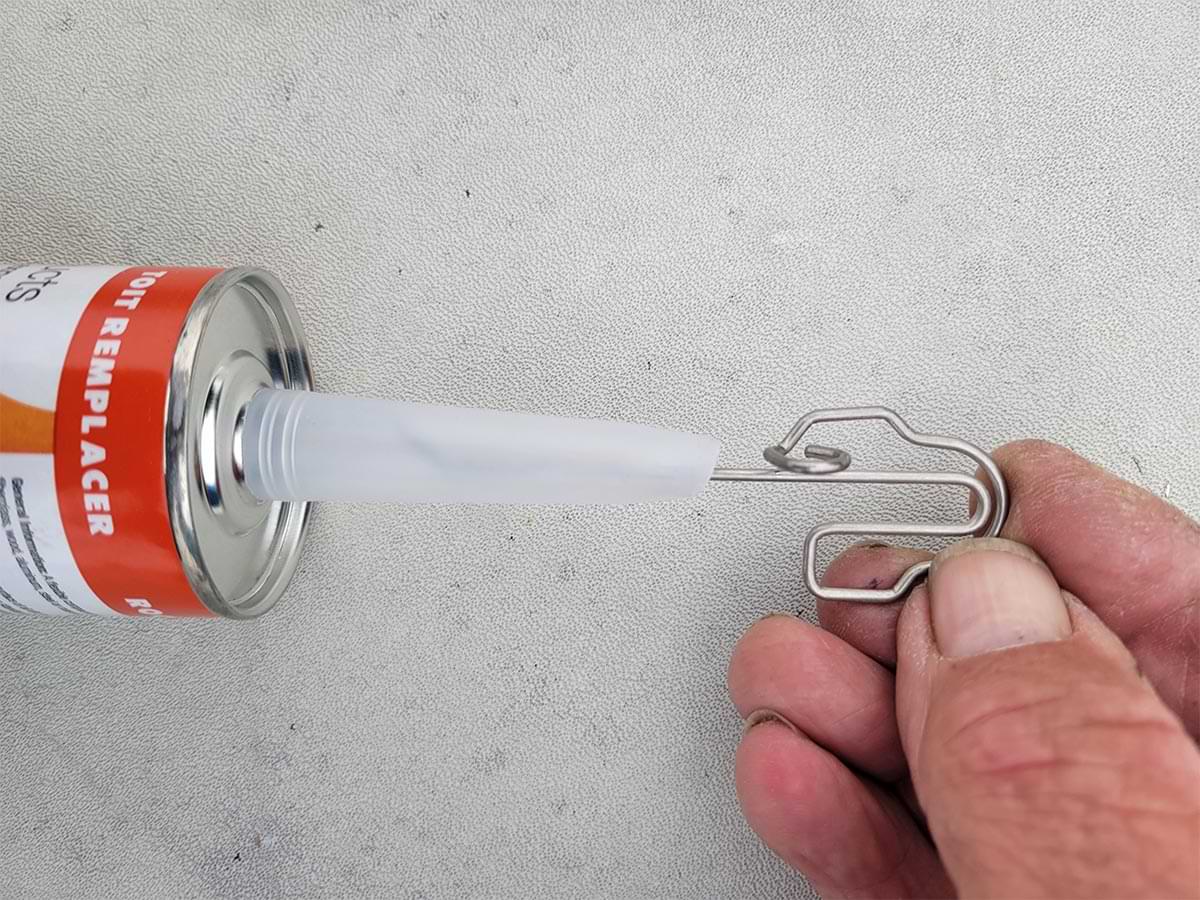
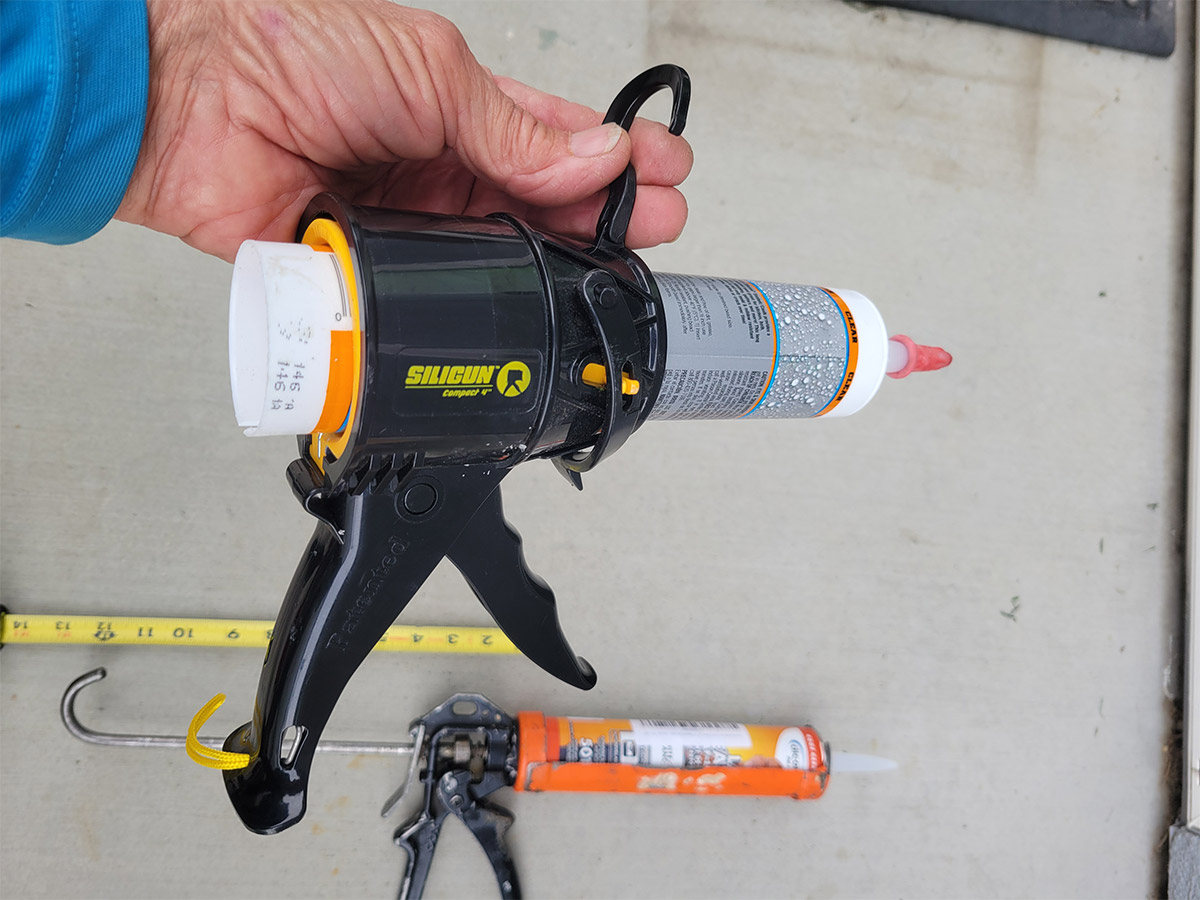
Once you use the Siligun, you’ll have a fresh outlook when it comes to sealing projects. And since you won’t make a mess, the $19.99 investment (Amazon) makes it an even a better deal.
Already a Subscriber? Click here for Access to the Full Issues.

